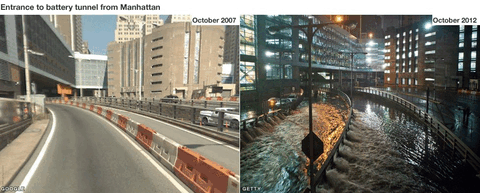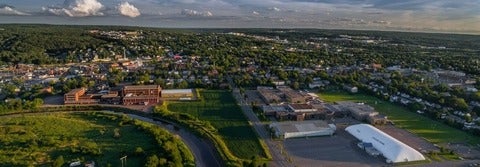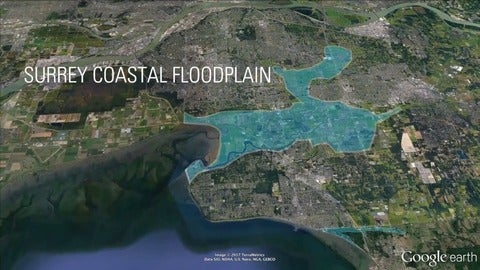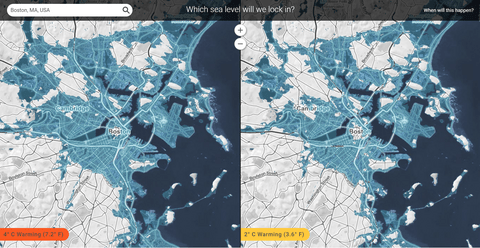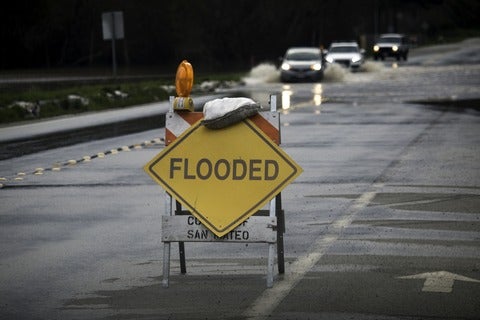Bracing for future climate risks: Implementing actionable adaptation strategies to protect critical infrastructure in New York City
How do we protect New York City’s critical infrastructure systems from inundation? This question prompted New York City (NYC) authorities to consider flexible adaptation strategies, infrastructure investments and policy solutions to promote the benefits of ‘protect’ and ‘accommodate’ measures against future sea level rise (SLR), extreme precipitation, coastal flooding and storm surge events.
